How to Build Your First AI Agent in Indite.io
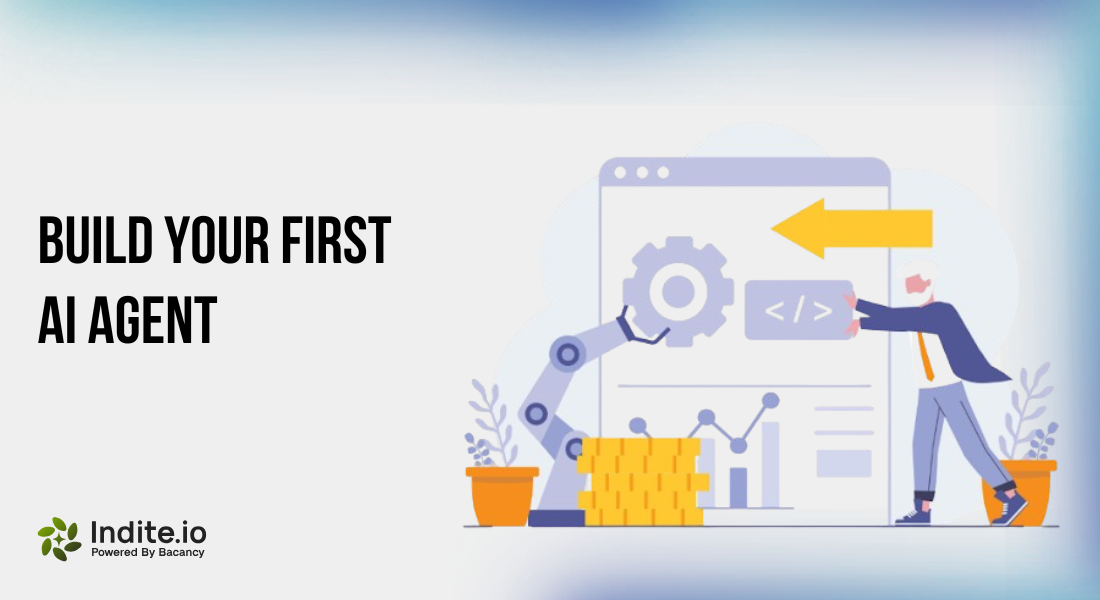
The emergence of agents leveraging AI has changed the business world by automating support, generating content and optimizing workflows faster than ever. However, building your own AI agent requires extensive coding knowledge and hours of complex setup time.
If you’re looking to build your first AI agent in Indite.io. It is an ideal no-code platform that allows you to create AI-powered agents without deep technical knowledge. The guide will walk you through the steps of how to build your AI agent using Indite.io, from setting up your workspace to deploying your agent live. You can also choose from ready-made templates based on your requirements.
Why One Should Choose Indite.io?
Indite.io is a no-code AI agent builder designed for marketers, founders, and product managers. It allows you to create, train, and deploy AI agents that can handle support queries, automate repetitive tasks, summarize documents, generate content, and even conduct research.
Its interface focuses on flexibility and speed, enabling anyone to spin up intelligent agents with a blend of prompt chaining, tool integration, and contextual memory.
Steps on How to Build Your First AI Agent in Indite.io
Step 1: Sign Up and Explore the Dashboard
To get started:
- Visit Indite.io
- Sign up using your email or Google account.
- Once inside, you’ll land on your workspace dashboard.
Step 2: Create Your First Agent
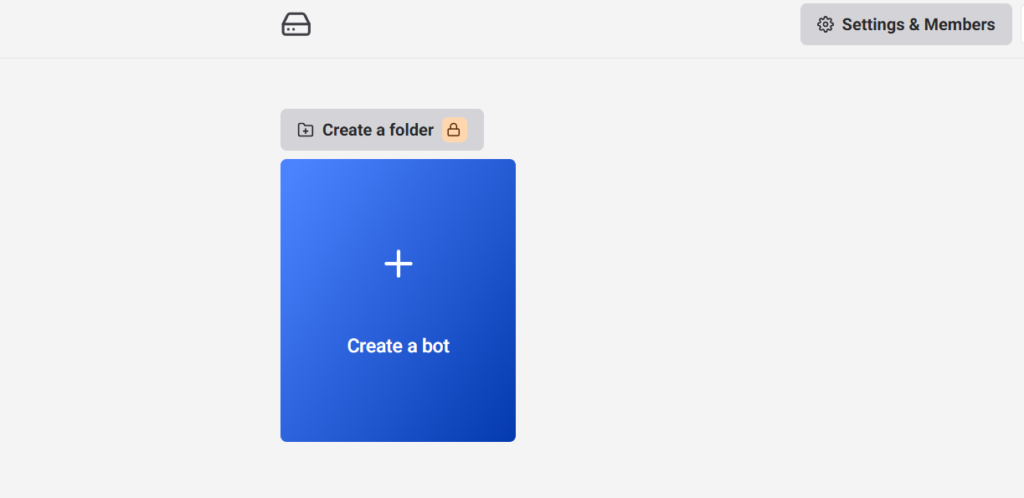
Click on the “New Agent” button on the dashboard. You’ll be prompted to configure some basic settings:
- Agent Name: Choose a meaningful name like Customer Support Bot or Content Researcher.
- Agent Purpose: Define the main objective, for example, “Answer common customer questions about our product” or “Summarize uploaded PDFs.
- Model Selection: Choose from GPT-4, GPT-3.5, or Claude depending on your use case and plan.
Step 3: Define the Agent’s Personality and Instructions
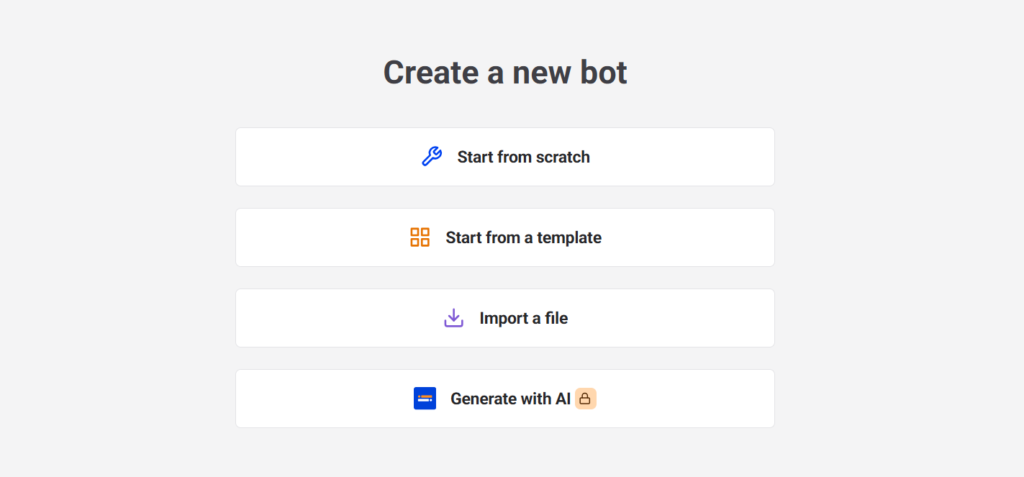
Indite.io allows you to customize your agent’s tone, behavior and logic through a simple prompt configuration panel. Here’s what to focus on:
- System Prompt: This defines the role and personality.
- Memory Settings: Enable memory if you want the agent to remember users across sessions.
- Tools Access: Depending on your use case, enable tools like web search, code execution, document reading, or database queries.
Step 4: Add Workflows and Functions
1. Add Steps: Use drag-and-drop modules or text-based prompt chaining to create a logic flow.
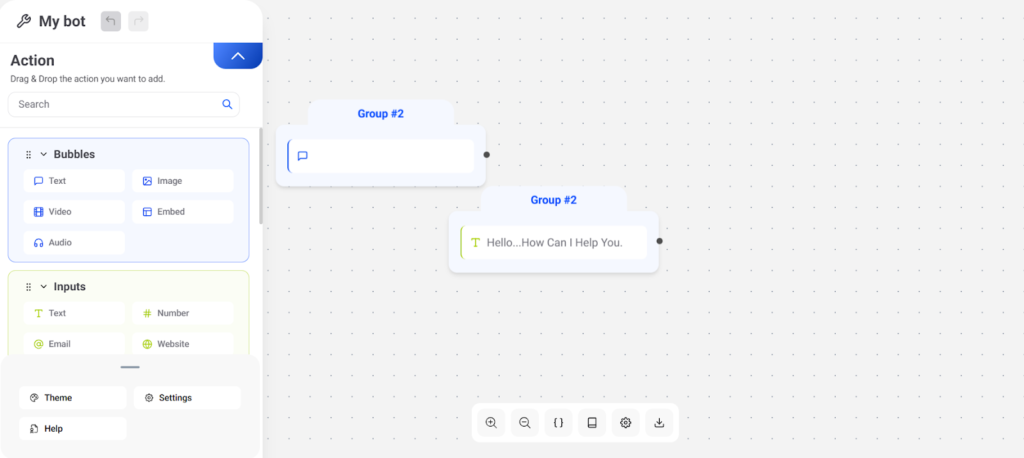
Example:
- User query: Intent Detection
- If billing: Fetch billing policy from Notion or internal database
- If technical error: Route to form submission link
2. Use Tools: Indite.io integrates with third-party tools like:
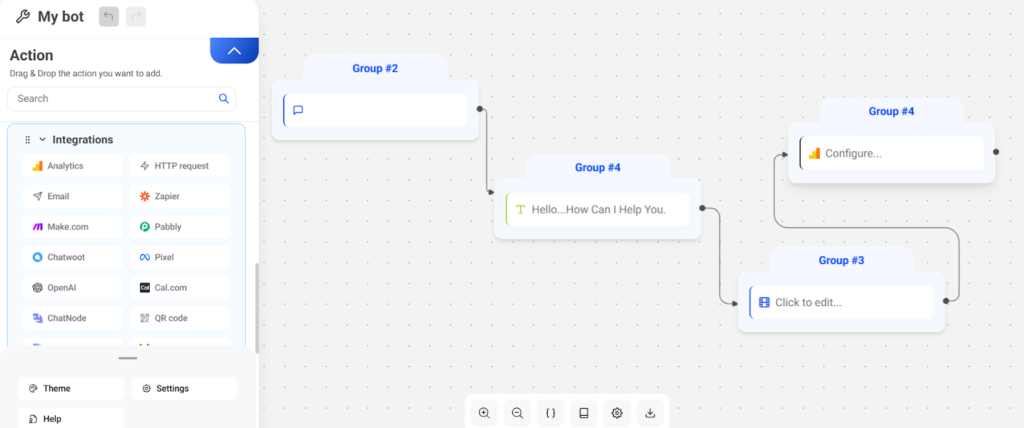
- Web Search: For live information.
- PDF/Document Reader: To extract insights from uploaded files.
- Zapier or Webhooks: This is used to trigger external apps.
3. APIs and Actions: Use the Actions tab to send/receive data from external APIs. You can pass variables like user email or query to your backend or CRM.
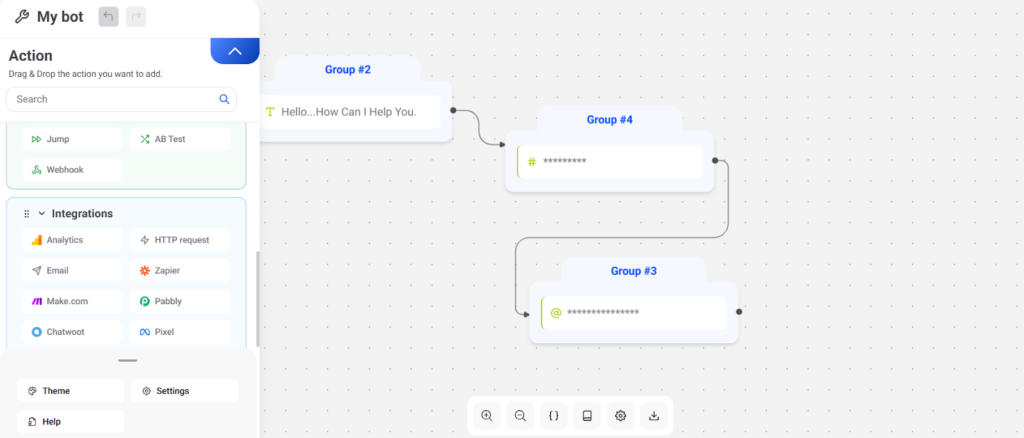
Step 5: Test Your Agent
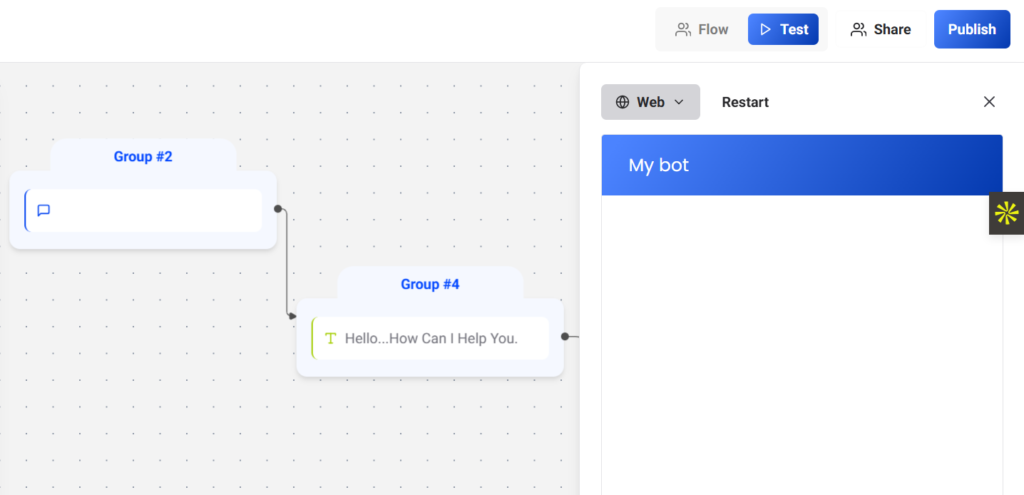
Once your logic and workflows are set:
- Click Test Agent.
- Simulate various user inputs
- Watch how the agent processes, replies and routes actions
- Check logs for reasoning trace, tokens used and tool responses.
Step 6: Deploy Your Agent
- Hit Deploy
- Choose your deployment method:
- Embed as a widget on your website
- Connect via an API to your backend
- Integrate with Slack, Discord, or other channels
- Embed as a widget on your website
You can also set triggers like URL-specific responses or time-based actions.
Step 7: Monitor and Improve
Use the Logs & Analytics section to:
- View user queries
- Analyze token usage
- Track performance (response time, failed queries)
- Identify improvement opportunities
Final Thoughts
Building your first AI agent with Indite.io is effortless, whether you’re a startup founder automating customer support or a content marketer building a research assistant. With Indite.io’s no-code, prompt-based interface and integration options, you can spin up production-grade agents in hours instead of weeks. Start small, iterate based on user behavior and then you will soon have a powerful AI teammate that can scale with your objectives.